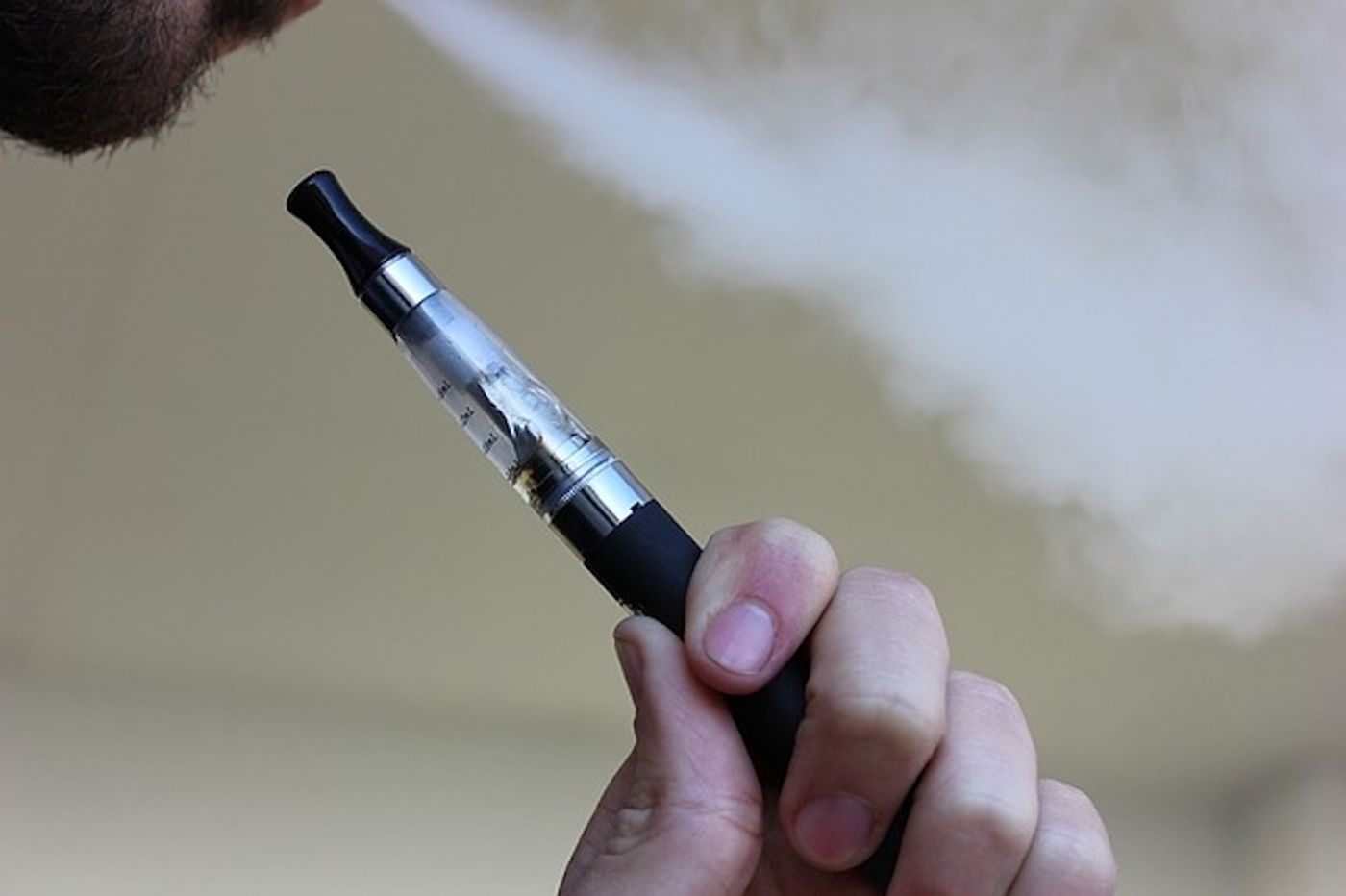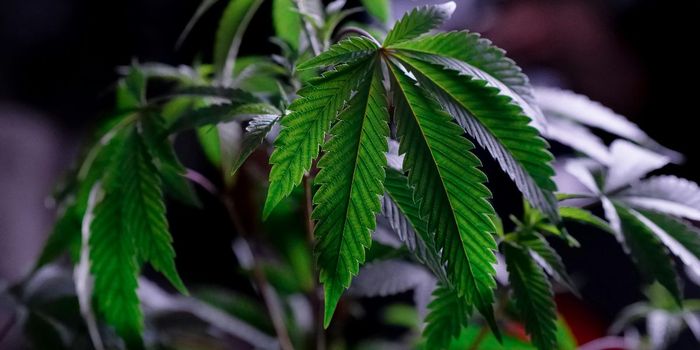Vaping Cannabis
What is vaping? Briefly, it is the heating up of plant material to a certain temperature that, instead of combusting, it vaporizes into an aerosol form. Vaping is most commonly associated with e-cigarettes (e-cigs), which contain nicotine but no tobacco. The nicotine is usually dissolved in propylene glycol or vegetable glycerin-based liquid. These e-cigs have been rising in popularity, especially with today's youth, and are considered (although not definitively) to be a healthier alternative than conventional cigarettes.
Photo source: Pixabay.com
Unfortunately, since these are relatively new devices, it is still debatable whether they are actually safe. Still, a recent report published in the National Academies of Sciences, Engineering, and Medicine suggests that these devices do help cigarette smokers kick the habit.
But what about cannabis? Vaping cannabis, either in liquid or in dry form, has had even less medical research studies to determine safety. Dr. Donald P. Tashkin of the David Geffen School of Medicine at UCLA has written an op-ed piece in The Annuals of the American Thoracic Society detailing some of the recent research on this topic. He points out that in determining the effect of vaping cannabis on the lung, one has to consider the direct effects of THC on the bronchial tubes. As opposed to nicotine, THC actually has a bronchodilator effect (widening of the bronchial tubes) which could have lung health benefits. So, in essence, the product itself being inhaled (THC) may have direct health benefits on the lung.
However, the study, referenced by Dr. Tashkin, used patients with chronic pulmonary obstruction disease (COPD). Results did not show any fewer COPD symptoms in those that vaped cannabis compared to controls. Yet, this is not enough to conclude that there are aversive effects of cannabis vaping, at least from the COPD study. Nevertheless, cannabis vaping (as well as nicotine vaping) can expose the vaper to potentially harmful toxins due to variations in voltage and temperature.

Photo source: Pixabay.com
The temperature at which nicotine is vaporized varies by voltage, which varies by e-cig brand. At a relatively high voltage (5V), the toxic chemical formaldehyde can form. This occurs when propylene glycol and glycerol are heated in the presence of oxygen to the temperatures reached by commercially available e-cigs operating at relatively high voltage (e.g., as above, 5 volts). This risk can be extended to cannabis vaping, especially since higher voltage actually makes cannabis inhalation more efficient. While these acute toxic effects have been studied, the health risks regarding chronic cannabis are largely unknown (likewise for nicotine e-cigs).
Sources: CenterOnAddiction.com, Tobacco Control, National Center for Health Research, National Academies of Sciences, Engineering, and Medicine, The Annuals of the American Thoracic Society, International Journal of Environmental Research and Public Health, KeyToCannabis.com









